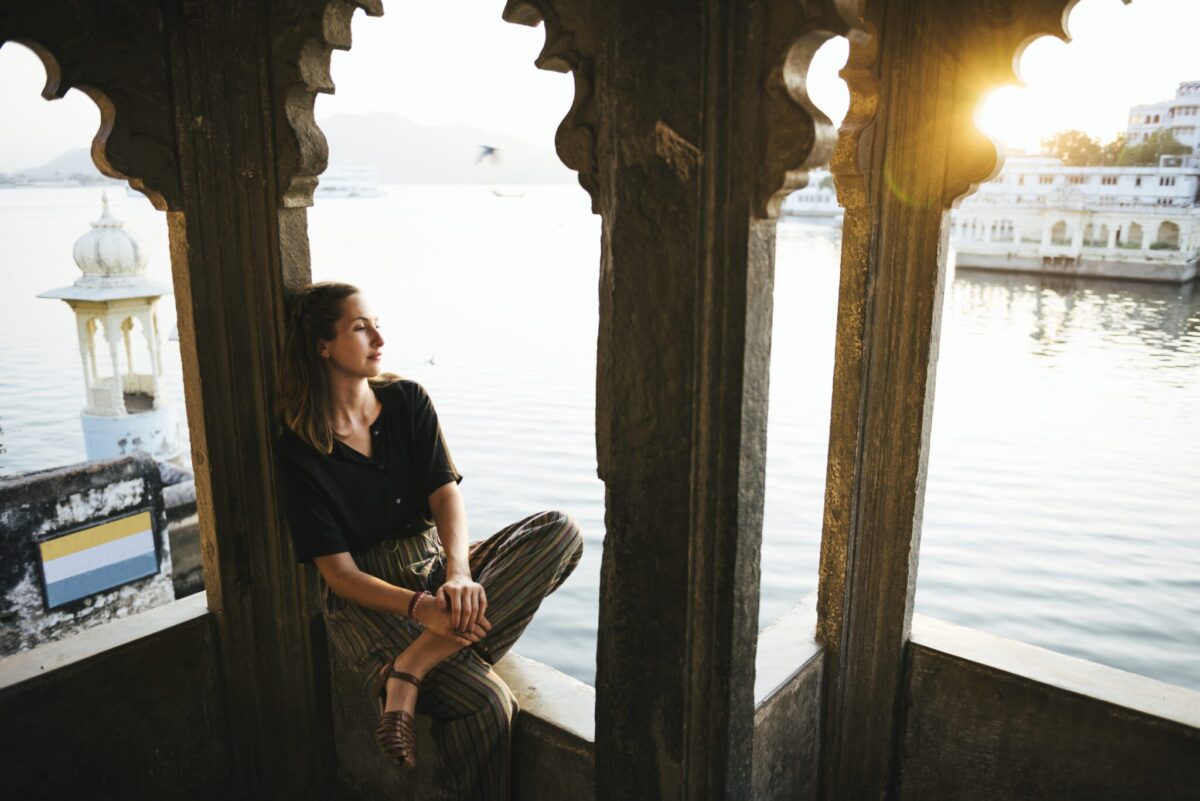Skift Take
India’s Union Budget had it all for tourism — the good (domestic tourism boost), the bad (no clarity on travel tax, 60% cut in regional connectivity scheme allocation) and the ugly (a 97% slash in overseas promotion).
The Skift India Newsletter is your go-to platform for all news related to travel, tourism, airlines, and hospitality in India.
India’s recently-unveiled Union Budget for the fiscal year 2024-2025 gave a big increase to the tourism ministry, but the amount for the global promotion took a major hit: A 97% reduction to just INR 30 million ($361,000).
While the budget introduces measures to bolster infrastructure and amenities at tourist centers, the severe cut in promotional spending has industry stakeholders questioning the government’s commitment to inbound tourism.
The industry had also hoped for a solution to the recently-introduced travel tax issue in the budget, but there was no clarity on that.
As Himanshu Dwivedi, director of Monkfoot Travels put it: “INR 30 million for overseas tourism promotion is a joke and make no mistake, the joke’s on us.”
“Other tourism destinations have substantially increased their overseas marketing and promotion activities to revitalize their tourism sectors,” Dwivedi added.
The Indian government’s steps, such as closing several India Tourism offices worldwide, discontinuing the Service Exports from India Scheme (SEIS) incentives, and a lackluster approach to international travel fairs and roadshows, have added to the industry’s woes. The minimal focus on digital promotions further compounds the challenges faced by the tourism sector in attracting international visitors.
Dwivedi also expressed disappointment with the industry’s reluctance to openly criticize the budget. He said the industry needs to voice concerns without diplomatic restraint.
The Lip Service to Tourism
Himmat Anand, founder at A Dog’s Story, is not surprised, “Tourism has never been a priority for any government. While the contribution of this segment is applauded, lip service is all we get when it comes to seeking support,” he said.
Rajeev Kohli, joint managing director of Creative Travel, echoed Anand’s sentiment: “What overseas promotion? You can’t cut zero, can you?” Kohli said.
With the marketing budget slashed to INR 30 million, Dipak Deva, managing director of Travel Corporation of India, the country’s largest inbound travel company, said he’s not sure how India can promote itself effectively on the global stage.
Anand pointed out the dependence on Prime Minister Modi’s statements for tourism priorities, highlighting recent instances where government focus shifted based on the Prime Minister’s remarks.
“The Prime Minister said weddings should be held in India and not overseas, immediately the Ministry of Tourism came out with a campaign on promoting weddings in the country. He went to Lakshadweep for a day and suddenly this became the in-destination and this budget ended up with an extra allocation for developing the islands. How can a country ever develop its tourism in this manner?” he said.
Domestic Tourism Focus
There’s a unanimous consensus that domestic tourism remains the primary focus for now. Going forward, the clear focus is going to be on religious tourism, which will in turn give a boost to domestic tourism, said Anand.
During the budget announcement, Finance Minister Nirmala Sitharaman highlighted the potential of spiritual and religious tourism for local entrepreneurs.
Tourism-Related Announcements
Sitharaman also announced a framework for rating iconic tourist destinations based on the quality of facilities they offer. She said states would receive long-term interest-free loans to develop these destinations.
There is also a renewed focus on connectivity of ports and infrastructure development on islands, with Lakshadweep getting a special mention in the finance minister’s budget speech.
Although Sitharaman assured that the “expansion of existing airports and development of new airports will continue expeditiously,” there has been a significant 60% reduction in the budgetary allocation for the regional connectivity scheme UDAN (Ude Desh Ka Aam Nagrik). This scheme is designed to allocate funds for revitalizing unused and underused airports primarily located in tier-2 and tier-3 cities.
The Indian air travel market, one of the fastest-growing globally, witnessed approximately 152 million domestic passengers in 2023, as per the data released by Indian aviation watchdog Directorate General of Civil Aviation (DGCA).
Skift India Report
The Skift India Report is your go-to newsletter for all news related to travel, tourism, airlines, and hospitality in India.
Have a confidential tip for Skift? Get in touch
Tags: airline news, domestic tourism, india budget, india travel, indian weddings, religious travel, taxes
Photo credit: Udaipur is a popular tourist destination in India. rawpixel / Freepik
